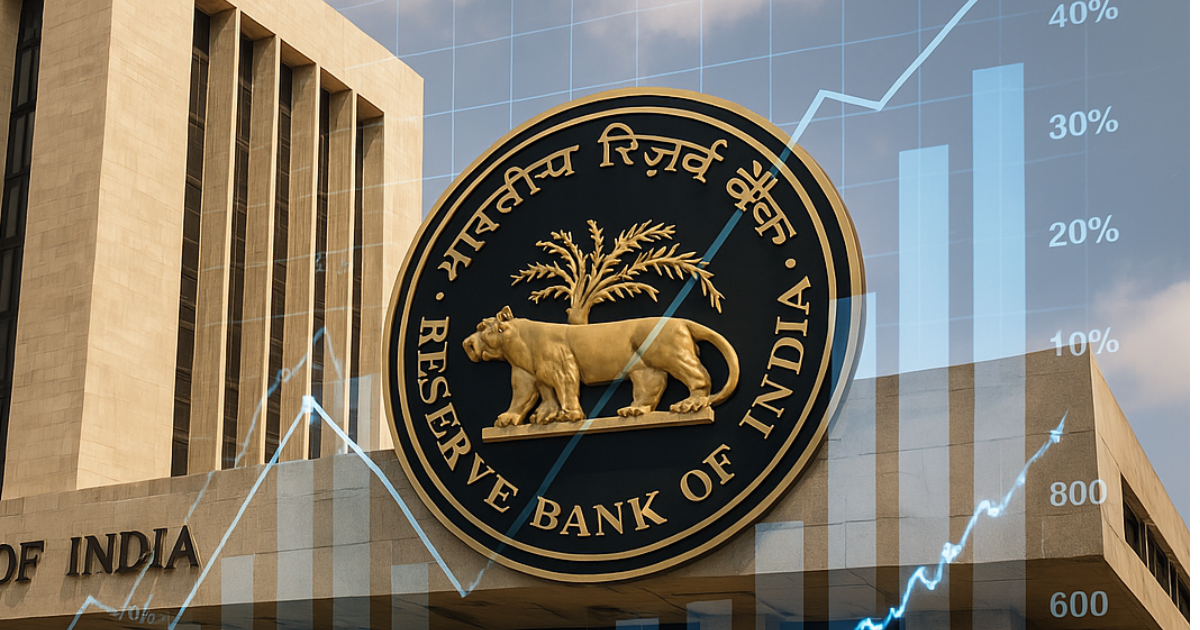Mumbai, April 9 (Xinhua) — The Reserve Bank of India (RBI) is likely to announce a second interest rate cut this year as new US tariffs and rising global economic risks risk denting India’s recovery efforts.
Sources within the central bank indicate that a 25 basis point reduction is probable in the next monetary policy review. This move, which is expected, is designed to spur domestic demand, lower borrowing costs, and shield the economy from spillover effects of global trade tensions.
The earlier rate cut this year was instituted to contain inflation and spur tepid consumer spending. Nevertheless, new events—such as increased US trade barriers—have heightened the risks for emerging markets, and central banks have been compelled to rethink their monetary policy.
Market players anticipate the RBI to continue its accommodative stance policy, with sufficient liquidity still in the system. There are worries about sluggish industrial production and lackluster private sector investment, with the rupee’s further weakening and increased import bills contributing to the uncertainty.
Current Economic Snapshot:
The repo rate is at 6.25%, retail inflation is 5.1%, GDP growth during the previous quarter was 5.8%, the rupee is at ₹83.5 against the dollar, and US tariffs are pushing up input costs in major sectors.
RBI’s Strategic Rate Cut Balances Growth and Inflation Risks:
Economists warn that while the rate cut can help support short-term growth, it could end up encouraging inflation if underlying structural supply problems are not equally tackled. The RBI will hence be cautious, trying to balance the two concepts of growth and price stability.
Analysts will closely monitor not just the rate decision, but the tone of the RBI’s commentary. A dovish outlook could hint at further easing later this year if external pressures persist.
The likely India central bank rate cut is seen as a strategic move to safeguard economic momentum, bolster investor sentiment, and insulate the economy from the growing impact of global trade disruptions.
With India still having to go through volatile international circumstances, policy moves by the central bank remain a vital mechanism for sustaining economic stability and enabling a fragile turnaround.







